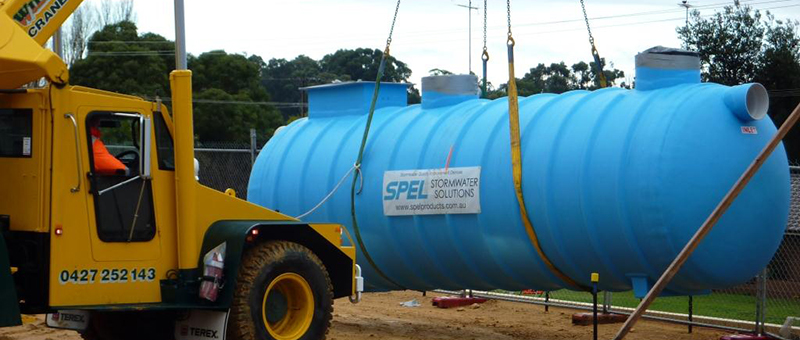According to research, significant amounts of fuel spilt at petrol (gas) refilling stations can be carried away with stormwater runoff into drainage networks or groundwater causing environmental and public health concerns.
European Standards for Hydrocarbon Capture Testing
Hydrocarbon separator systems have a specific test procedure known as the European Standard BS EN858-1:2002 Separator systems for light liquids (e.g., Oil and petrol).
SPEL Puraceptor underwent testing according to this standard.
What is a SPEL Puraceptor?
SPEL Puraceptor is a full retention separator that treats all flows. It is to be sized to contain more than the anticipated maximum oil spillage — enabling it to be fully operational in treating stormwater runoff at all times
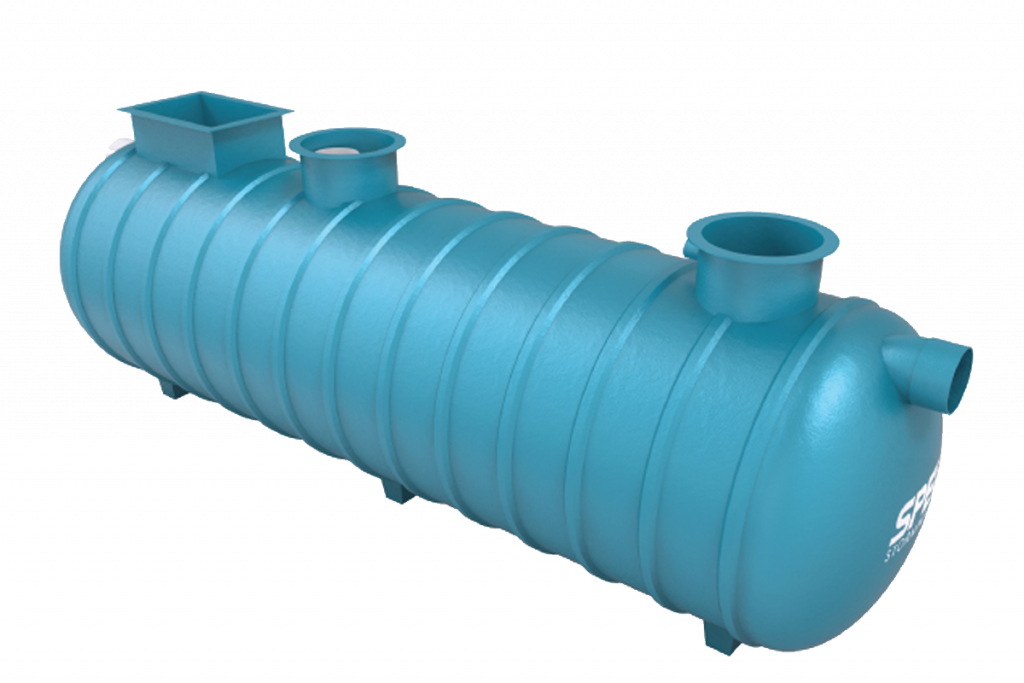
Laboratory Testing in UK & Australia
Laboratory testing was conducted by HR Wallingford in the UK and University of South Australia (UniSA).
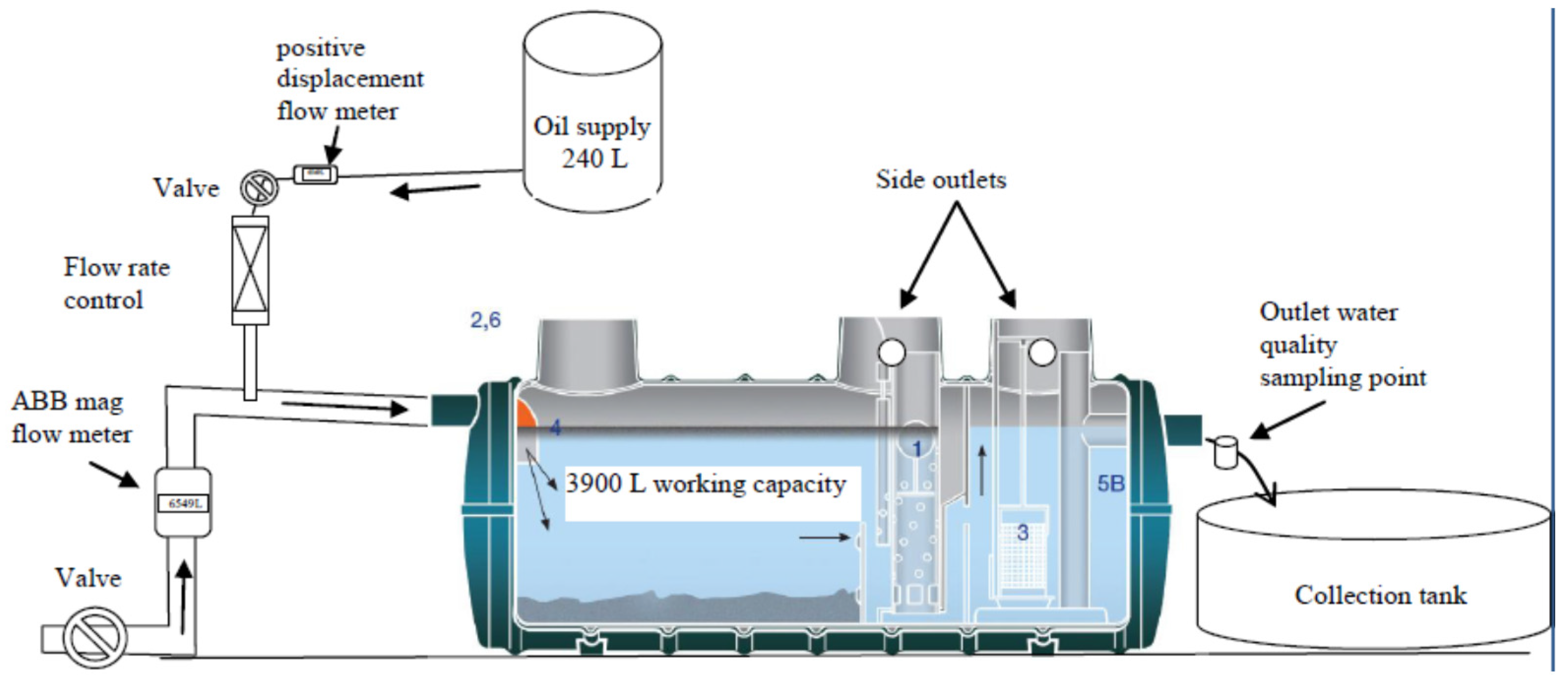
The units in both tests demonstrate effluent dischare concentrations of less than 5 mg/L, thus confirming compliance with the EN BS 858-1:2002 Class 1 criteria.
Australian Field Case Studies
Field testing of Puraceptor was conducted in following fuel refilling sites
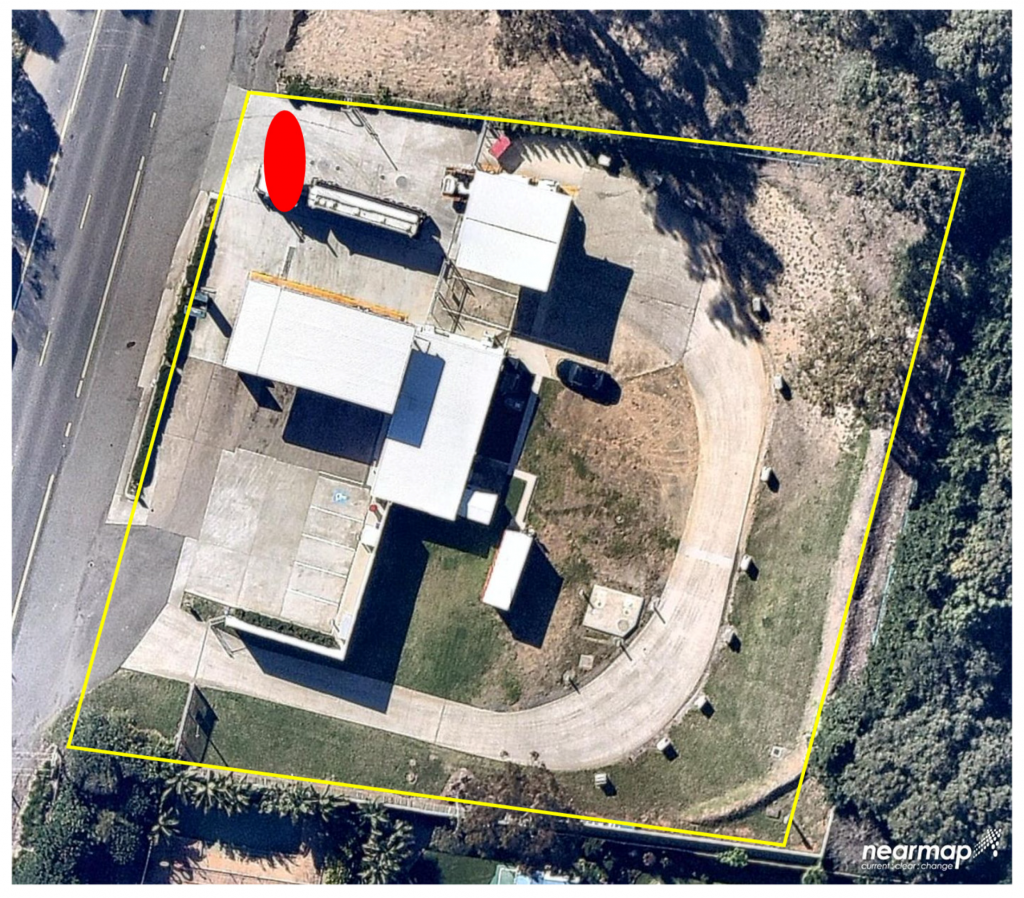

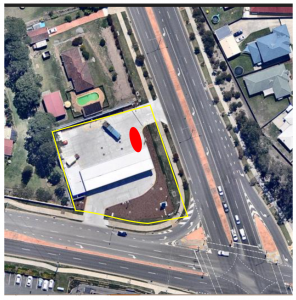
- 246 Princes Highway, Bomaderry, NSW, Australia
- 108 Sirius Drive, Lakewood, NSW, Australia
- 1 Youngs Crossing Rd, Joyner QLD 4500
Sampling Methodology
Grab samples, a sampling technique where a single sample or measurement is taken at a specific time or over a short period, was collected from each site immediately after rainfall events.
Inlet samples was taken from the Oil Retention Chamber and outlet samples was collected from inside the treated flow pipe from the coalescer.
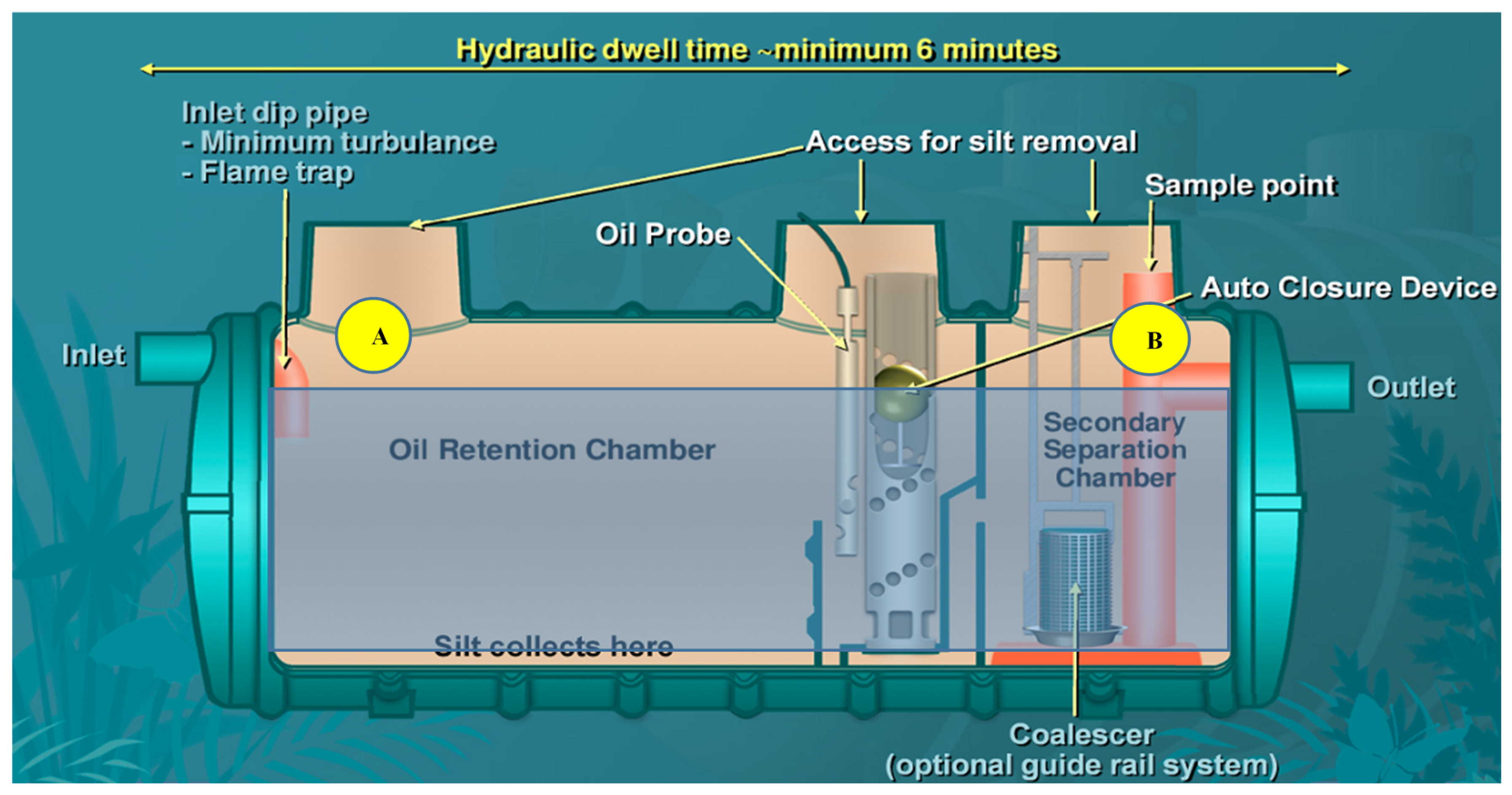
Section through treatment device showing sample points at inlet (A) and outlet (B).
Again, hydrocarbon fractions in the outlet samples were below the 5 mg/L criteria.
Conclusion
Several models of SPEL Puraceptors have been tested to this Standard in Europe and Australia and confirmed to comply with the Class 1 criteria of <5 mg/L hydrocarbons in the outlet sample.
Grab samples immediately following rainfall events on a variety of field installation sites in Australia also confirm compliance with the <5 mg/L hydrocarbon Class 1 criteria on outlet samples.
There is also flow-weighted, automated field testing underway in Australia which is evaluating hydrocarbon performance as well as other pollutants including TSS, TN and TP. The results to date also confirm compliance with the EN BS858-1:2002 Class 1 criteria of <5 mg/L hydrocarbons in the outflow.
These results across several laboratory tests and field case studies suggest that SPEL Puraceptor is a excellent alternative for hydrocarbon capture for stormwater treatment.



